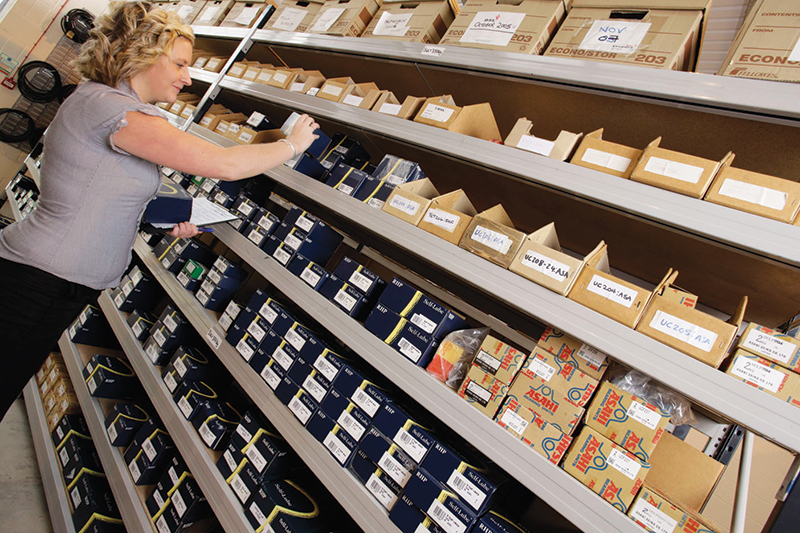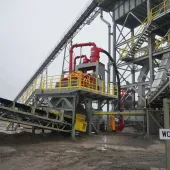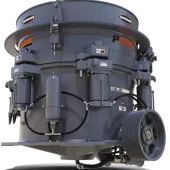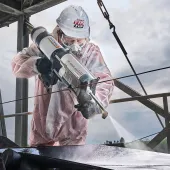The Benefits of Maintenance and Repair Product Standardization

First published in the September 2014 issue of Quarry Management as Raising the Standard
Chris Gordon of Buck & Hickman outlines the operational and commercial benefits of MRO standardization programmes
The process of purchasing and managing tools, including maintenance, repair and overhaul (MRO), and health and safety products for manufacturing and process facilities, can be a complicated one requiring hundreds or even thousands of stock-keeping units (SKU) to be available whenever and wherever they are needed on site.
This means significant amounts of cash can be tied up in slow-moving products, while there may be little thought given to whether these products are delivering optimal performance and value, with the same product simply reordered whenever stocks run low.
In a bid to simplify the process and reduce working capital, many companies have, in recent years, been taking a long, hard look at the process to see how it can be improved.
One of the areas where the greatest impact is consistently achieved is ‘standardization’ – minimizing as far as possible the number of different brands and models of product used for the same task, and ensuring there is no compromise on performance, quality and safety.
Typically undertaken as part of an overall improvement initiative, standardization can rapidly deliver a measurable commercial return. In the area of abrasive discs and belts, for example, it is not uncommon for companies to source and stock multiple grades of product to cope with all stages of the process from weld and burr removal to finer cosmetic finishing.
Yet innovation in recent years has created abrasive products that not only reduce the number of process stages required (and therefore the number of different belts or discs needed) but last longer too.
While the initial purchase price of these new items may exceed that of the existing products, the true value they can offer will only be appreciated through a study of whole-life costs and trials under real operating conditions. Taken into consideration in these calculations must be factors such as a comparison of processing time, changeover time and reject rates.
Standardization in this area will only work if the operatives using the new consumables buy into the process and are fully trained in getting the best out of them. Incorrect product choice by the operative, poor technique, and disposal of consumable products which may still have useful life in them – simply because they have always been changed at those intervals – will all conspire to ensure that any potential cost savings identified at the outset are not fully realized.
The standardization of products must include a process that standardizes procedures to ensure maximum value is extracted from the change.
A model for success
How can the benefits of standardization be delivered in pressured production environments where the interests and motivators of different stakeholders in the process – financial directors, quality managers, purchasing teams, production managers, health and safety specifiers, and production operatives – may vary radically?
The initial opportunity for standardization can be identified internally or externally by a consultant or supplier. An initial feasibility study should set targets for the project which are SMART-specific, measurable, attainable, relevant and time-bound objectives.
Once these are agreed, with a documented projection of financial benefits, buy-in should be sought from key stakeholders such as the head of production and financial decision-makers, before the procurement team gets involved.
The next stage is the establishment of an ‘integrated product team’ (IPT) who will agree the timescales and location for the trial. The trial is then carried out, with the IPT evaluating the results and preparing a final evaluation against the original objectives and proposal for sign-off by all stakeholders.
The full project is implemented as a result of the trial, with training and induction for those individuals involved in the changeover – measured and continuously monitored against the objectives set.
While SKU numbers will almost inevitably fall with a positive impact on cashflow, standardization should not be considered solely as a means of reducing the costs of MRO purchases.
In some instances initial purchase costs may increase as the value and compensation they offer will appear elsewhere on the balance sheet. Best value will be extracted by taking a holistic view with a scientific approach to assessing the return on investment at every stage of each project.
Planned and managed effectively, in conjunction with a partner who can provide independent advice alongside a broad product range and ongoing technical support, a product standardization programme has the potential to deliver significant operational and commercial benefits.
For further information visit: www.buckandhickmanuk.com
- Subscribe to Quarry Management, the monthly journal for the mineral products industry, to read articles before they appear on Agg-Net








